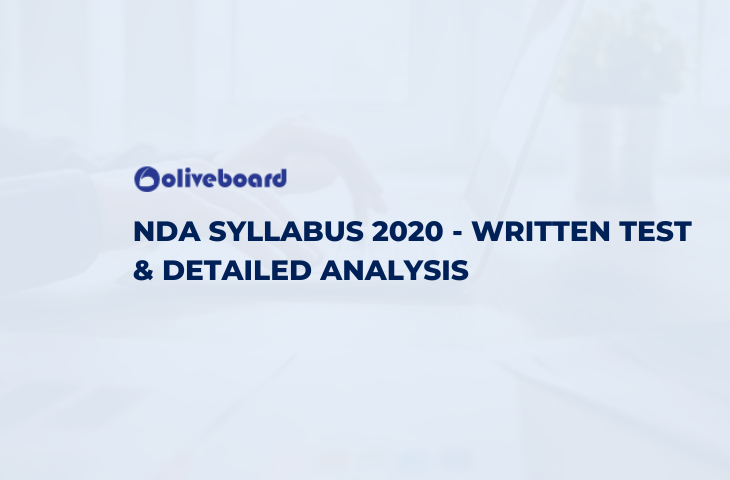National Defence Academy (NDA) is one of the greatest places in the world where “Men” are turned into “Men of Honour, Valour and Exceptional Courage.” “Fearlessness” is imbued in them. They exude the feeling of service for their country and are ready for the ultimate sacrifice. The cadets of the three services namely the Army, the Navy and the Air Force train together in the academy and then they depart to their respective service academy for further pre-commission training. The NDA is located in Khadakwasla, Pune, Maharashtra. Before discussing the NDA syllabus with you let me ask you one question. Have you heard of the Sudan Block?
Majestic in form, it is the iconic symbol of the Tri-service Academy. In 1941, Lord Linlithgow, then Viceroy of India, received from a grateful Sudanese Government a donation of £100,000 for constructing a war memorial in memory of the Indian troops’ sacrifices in the East African Campaign during World War II. The academy was established using this fund.
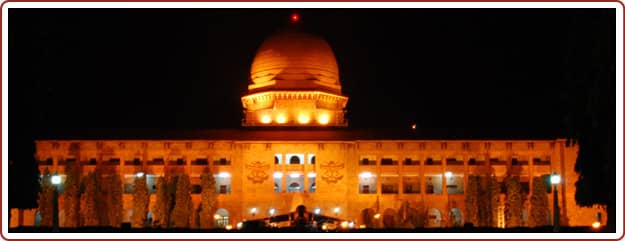
Image source: NDA website
How to get into the academy?
UPSC conducts the NDA exam twice a year for admission to Army, Navy and Air Force wings of NDA and Indian Naval Academy Course (INAC). The exam is conducted in two stages: written exam and SSB Interview. You are eligible for the exam if you have passed your 12th. The following sections will discuss the NDA syllabus and the pattern of the exam.
Pattern of the exam
The exam has two sections. Paper I (Mathematics) and Paper II (General Ability Test). The Mathematics papers has 120 questions whereas the General Ability test or GAT contains 50 questions of English and 100 questions of General knowledge.
| Subject | Duration | Number of questions | Positive marking | Negative marking | Maximum marks |
|---|---|---|---|---|---|
| Paper I (Mathematics) | 2½ hours | 120 | 2.5 per question | -0.83 per question | 300 |
| Paper II (GAT) (50Q English, 100Q GK) |
2½ hours | 150 | 4 per question | -1.33 per question | 600 |
| Total marks for both exams – 900 | |||||
| SSB Test/Interview | 900 | ||||
NDA Syllabus for Mathematics
Let us now discuss NDA syllabus. Two things that will be most helpful for an aspirant is the syllabus mentioned in the official notification and then the previous years’ papers. The NDA syllabus in the official notification will tell you what topics to focus on and what topics to ignore. While the previous years’ paper will guide you as to which topic has more weightage and importance assigned to it.
The NDA Syllabus section of the official notification for 2020 reads:
| Topics | Concepts to be covered |
|---|---|
| ALGEBRA | Concept of set, operations on sets, Venn diagrams. De Morgan laws, Cartesian product, relation, equivalence relation. Representation of real numbers on a line. Complex numbers—basic properties, modulus, argument, cube roots of unity. Binary system of numbers. Conversion of a number in decimal system to binary system and vice-versa. Arithmetic, Geometric and Harmonic progressions. Quadratic equations with real coefficients. Solution of linear inequations of two variables by graphs. Permutation and Combination. Binomial theorem and its applications. Logarithms and their applications. |
| Matrices and Determinants | Types of matrices, operations on matrices. Determinant of a matrix, basic properties of determinants. Ad joint and inverse of a square matrix, Applications-Solution of a system of linear equations in two or three unknowns by Cramer’s rule and by Matrix Method. |
| TRIGONOMETRY | Angles and their measures in degrees and in radians. Trigonometrical ratios. Trigonometric identities Sum and difference formulae. Multiple and Sub-multiple angles. Inverse trigonometric functions. Applications-Height and distance, properties of triangles. |
| ANALYTICAL GEOMETRY OF TWO AND THREE DIMENSIONS | Rectangular Cartesian Coordinate system. Distance formula. Equation of a line in various forms. Angle between two lines. Distance of a point from a line. Equation of a circle in standard and in general form. Standard forms of parabola, ellipse and hyperbola. Eccentricity and axis of a conic. Point in a three dimensional space, distance between two points. Direction Cosines and direction ratios. Equation two points. Direction Cosines and direction ratios. Equation of a plane and a line in various forms. Angle between two lines and angle between two planes. Equation of a sphere. |
| DIFFERENTIAL CALCULUS | Concept of a real valued function–domain, range and graph of a function. Composite functions, one to one, onto and inverse functions. Notion of limit, Standard limits—examples. Continuity of functions—examples, algebraic operations on continuous functions. Derivative of function at a point, geometrical and physical interpretation of a derivative—applications. Derivatives of sum, product and quotient of functions, derivative of a function with respect to another function, derivative of a composite function. Second order derivatives. Increasing and decreasing functions. Application of derivatives in problems of maxima and minima. |
| INTEGRAL CALCULUS AND DIFFERENTIAL EQUATIONS | Integration as inverse of differentiation, integration by substitution and by parts, standard integrals involving algebraic expressions, trigonometric, exponential and hyperbolic functions. Evaluation of definite integrals—determination of areas of plane regions bounded by curves—applications. Definition of order and degree of a differential equation, formation of a differential equation by examples. General and particular solution of a differential equations, solution of first order and first degree differential equations of various types—examples. Application in problems of growth and decay. |
| VECTOR ALGEBRA | Vectors in two and three dimensions, magnitude and direction of a vector. Unit and null vectors, addition of vectors, scalar multiplication of a vector, scalar product or dot product of two vectors. Vector product or cross product of two vectors. Applications—work done by a force and moment of a force and in geometrical problems. |
| STATISTICS | Classification of data, Frequency distribution, cumulative frequency distribution—examples. Graphical representation—Histogram, Pie Chart, frequency polygon— examples. Measures of Central tendency—Mean, median and mode. Variance and standard deviation—determination and comparison. Correlation and regression. |
| PROBABILITY | Random experiment, outcomes and associated sample space, events, mutually exclusive and exhaustive events, impossible and certain events. Union and Intersection of events. Complementary, elementary and composite events. Definition of probability—classical and statistical—examples. Elementary theorems on probability—simple problems. Conditional probability, Bayes’ theorem—simple problems. Random variable as function on a sample space. Binomial distribution, examples of random experiments giving rise to Binominal distribution. |
NDA Syllabus for Mathematics – Decoded
1)ALGEBRA
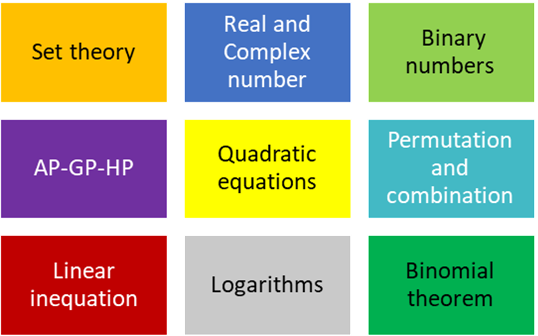
2)MATRICES AND DETERMINANTS
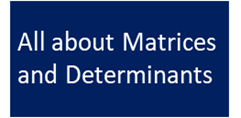
3)TRIGONOMETRY
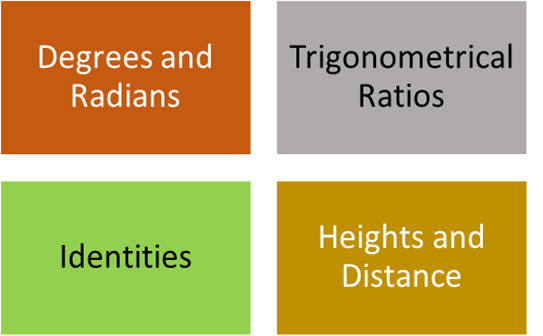
4)ANALYTICAL GEOMETRY OF TWO AND THREE DIMENSIONS

5)DIFFERENTIAL CALCULUS
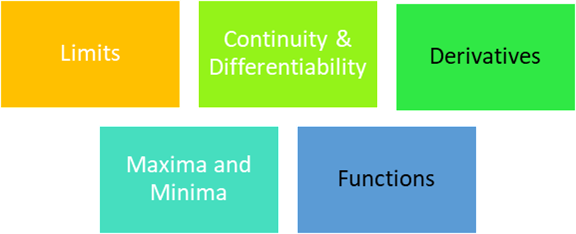
6) INTEGRAL CALCULUS AND DIFFERENTIAL EQUATIONS
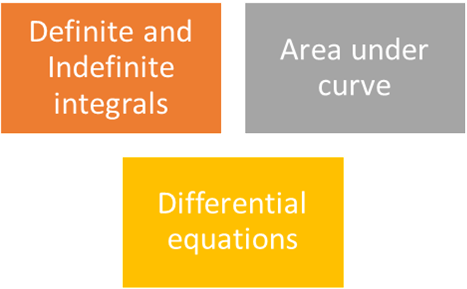
7) VECTOR ALGEBRA 8)STATISTICS
8)STATISTICS
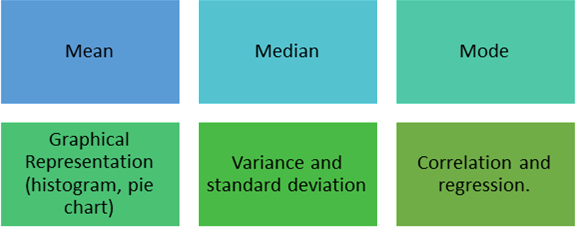
9) Probability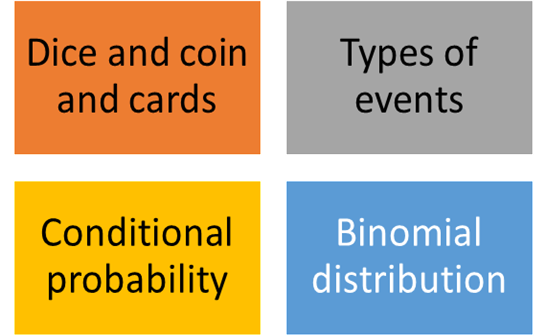
NDA Syllabus for General Ability Test Paper
NDA Syllabus for English
| Subject | Topics to be covered |
|---|---|
| English | The question paper in English will be designed to test the candidate’s understanding of English and workman like use of words. The syllabus covers various aspects like : Grammar and usage, vocabulary, comprehension and cohesion in extended text to test the candidate’s proficiency in English |
NDA English section – Decoded
Based on the previous years’ paper, breaking these down into broad topics:
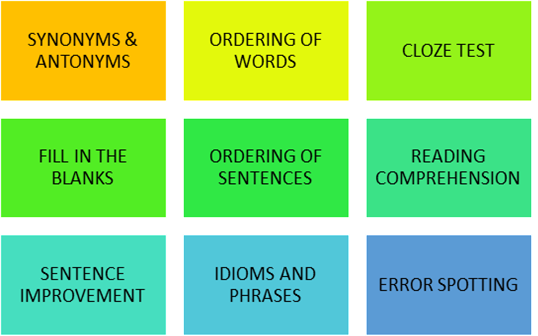
NDA Syllabus for General Knowledge
The question paper on General Knowledge will broadly cover the subjects : Physics, Chemistry, General Science, Social Studies, Geography and Current Events. – The syllabus given below is designed to indicate the scope of these subjects included in this paper. The topics mentioned are not to be regarded as exhaustive and questions on topics of similar nature not specifically mentioned in the syllabus may also be asked.
| Subject | Topics |
|---|---|
| Section ‘A’ (Physics): |
Physical Properties and States of Matter, Mass, Weight, Volume, Density and Specific Gravity, Principle of Archimedes, Pressure Barometer. Motion of objects, Velocity and Acceleration, Newton’s Laws of Motion, Force and Momentum, Parallelogram of Forces, Stability and Equilibrium of bodies, Gravitation, elementary ideas of work, Power and Energy. Effects of Heat, Measurement of Temperature and Heat, change of State and Latent Heat, Modes of transference of Heat. Sound waves and their properties, Simple musical instruments. Rectilinear propagation of Light, Reflection and refraction. Spherical mirrors and Lenses, Human Eye. Natural and Artificial Magnets, Properties of a Magnet, Earth as a Magnet. Static and Current Electricity, conductors and Non-conductors, Ohm’s Law, Simple Electrical Circuits, Heating, Lighting and Magnetic effects of Current, Measurement of Electrical Power, Primary and Secondary Cells, Use of X-Rays. General Principles in the working of the following: Simple Pendulum, Simple Pulleys, Siphon, Levers, Balloon, Pumps, Hydrometer, Pressure Cooker, Thermos Flask, Gramophone, Telegraphs, Telephone, Periscope, Telescope, Microscope, Mariner’s Compass; Lightening Conductors, Safety Fuses. |
| Section ‘B’ (Chemistry) |
Physical and Chemical changes. Elements, Mixtures and Compounds, Symbols, Formulae and simple Chemical Equations, Law of Chemical Combination (excluding problems). Properties of Air and Water. Preparation and Properties of Hydrogen, Oxygen, Nitrogen and Carbondioxide, Oxidation and Reduction. Acids, bases and salts. Carbon—different forms. Fertilizers—Natural and Artificial. Material used in the preparation of substances like Soap, Glass, Ink, Paper, Cement, Paints, Safety Matches and Gun- Powder. Elementary ideas about the structure of Atom, Atomic Equivalent and Molecular Weights, Valency. |
| Section ‘C’ (General Science) |
Difference between the living and non-living. Basis of Life—Cells, Protoplasms and Tissues. Growth and Reproduction in Plants and Animals. Elementary knowledge of Human Body and its important organs. Common Epidemics, their causes and prevention. Food—Source of Energy for man. Constituents of food, Balanced Diet. The Solar System—Meteors and Comets, Eclipses. Achievements of Eminent Scientists. |
| Section ‘D’ (History, Freedom Movement etc.) |
A broad survey of Indian History, with emphasis on Culture and Civilisation. Freedom Movement in India. Elementary study of Indian Constitution and Administration. Elementary knowledge of Five Year Plans of India. Panchayati Raj, Co-operatives and Community Development. Bhoodan, Sarvodaya, National Integration and Welfare State, Basic Teachings of Mahatma Gandhi. Forces shaping the modern world; Renaissance, Exploration and Discovery; War of American Independence. French Revolution, Industrial Revolution and Russian Revolution. Impact of Science and Technology on Society. Concept of one World, United Nations, Panchsheel, Democracy, Socialism and Communism. Role of India in the present world. |
| Section ‘E’ (Geography) |
The Earth, its shape and size. Lattitudes and Longitudes, Concept of time. International Date Line. Movements of Earth and their effects. Origin of Earth. Rocks and their classification; Weathering—Mechanical and Chemical, Earthquakes and Volcanoes. Ocean Currents and Tides Atmosphere and its composition; Temperature and Atmospheric Pressure, Planetary Winds, Cyclones and Anti-cyclones; Humidity; Condensation and Precipitation; Types of Climate, Major Natural regions of the World. Regional Geography of India—Climate, Natural vegetation. Mineral and Power resources; location and distribution of agricultural and Industrial activities. Important Sea ports and main sea, land and air routes of India. Main items of Imports and Exports of India. |
| Section ‘F’ (Current Events) |
Knowledge of Important events that have happened in India in the recent years. Current important world events. Prominent personalities—both Indian and International including those connected with cultural activities and sports. |
In short, the official NDA syllabus and the previous years’ paper will be your best guide while preparing for this reputed exam.
That brings us to the end of the article, we hope the information provided will be useful to plan your preparation efficiently.All the best. Stay tuned for more information about defense exams.
Are you preparing for AFCAT ? Register here for free mock test and study resources.

Hello there! I’m a dedicated Government Job aspirant turned passionate writer & content marketer. My blogs are a one-stop destination for accurate and comprehensive information on exams like Regulatory Bodies, Banking, SSC, State PSCs, and more. I’m on a mission to provide you with all the details you need, conveniently in one place. When I’m not writing and marketing, you’ll find me happily experimenting in the kitchen, cooking up delightful treats. Join me on this journey of knowledge and flavors!
